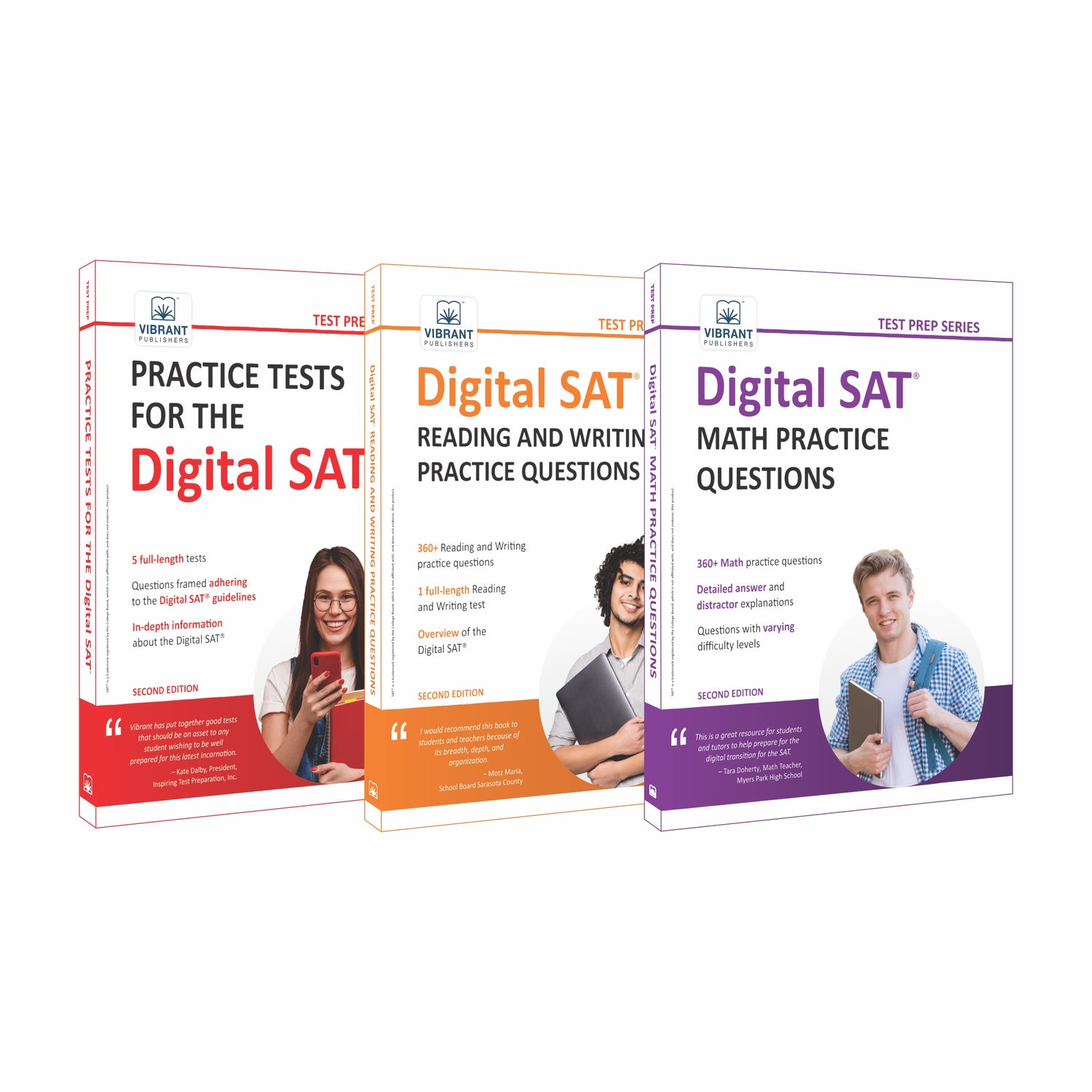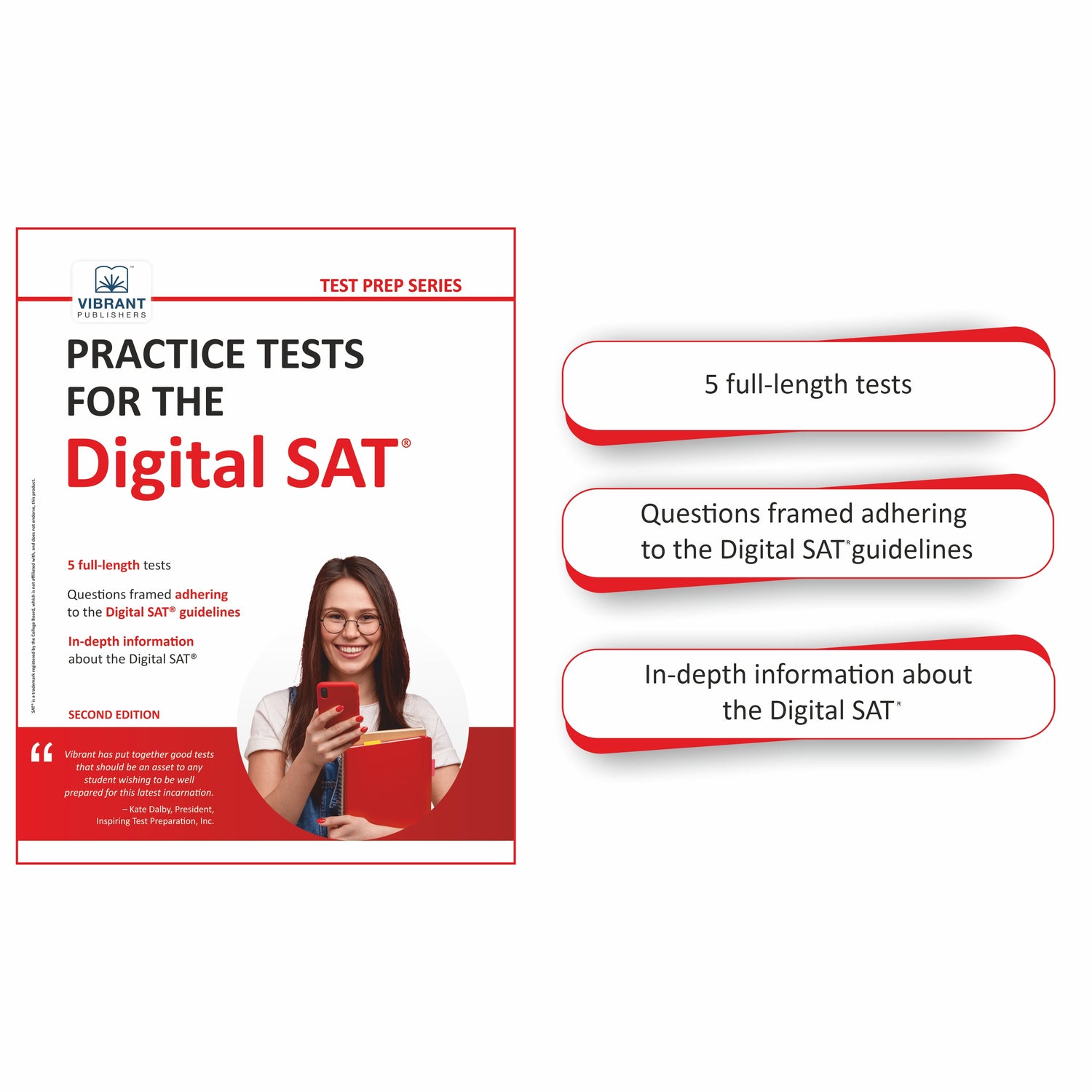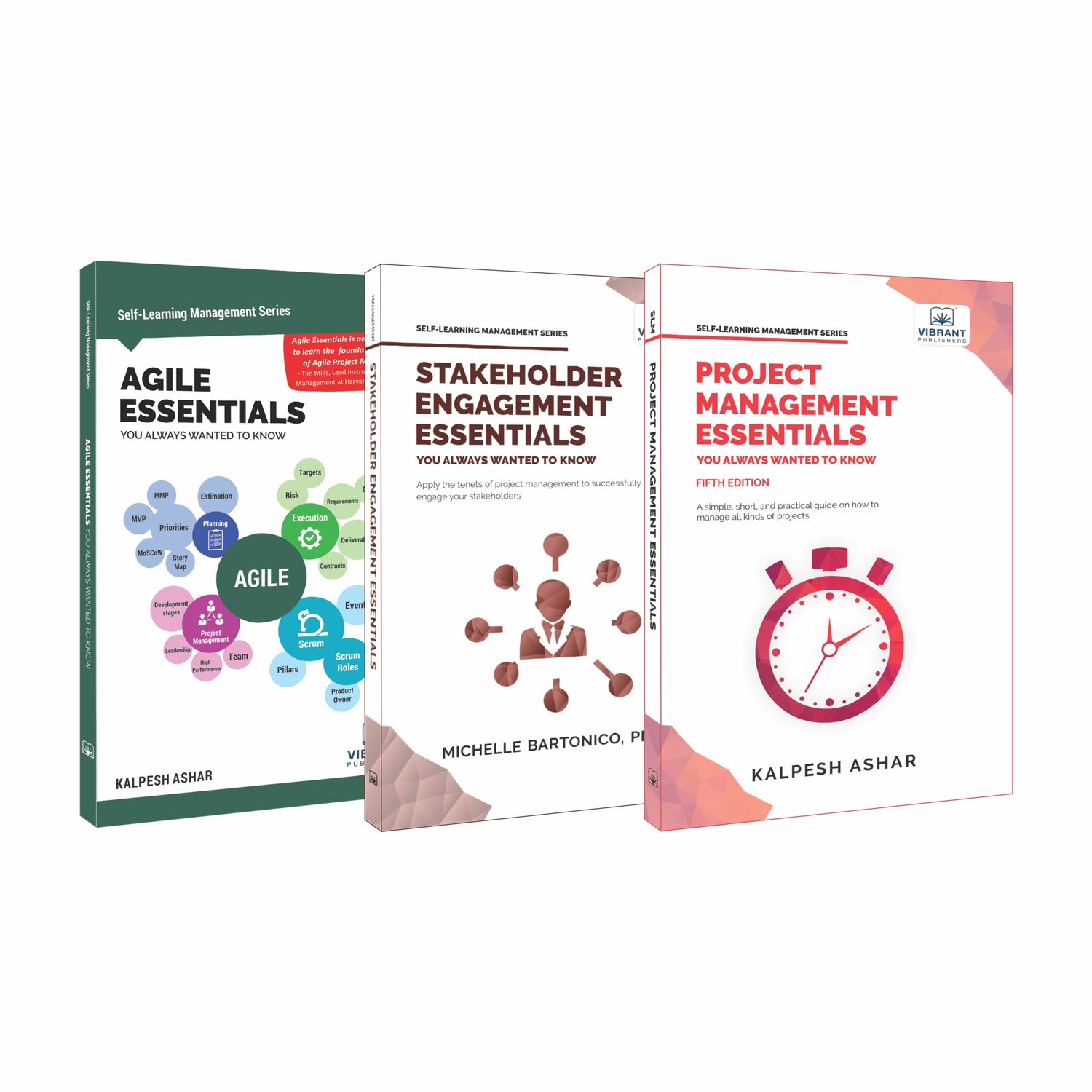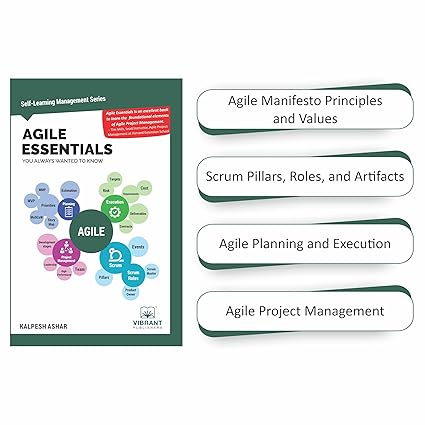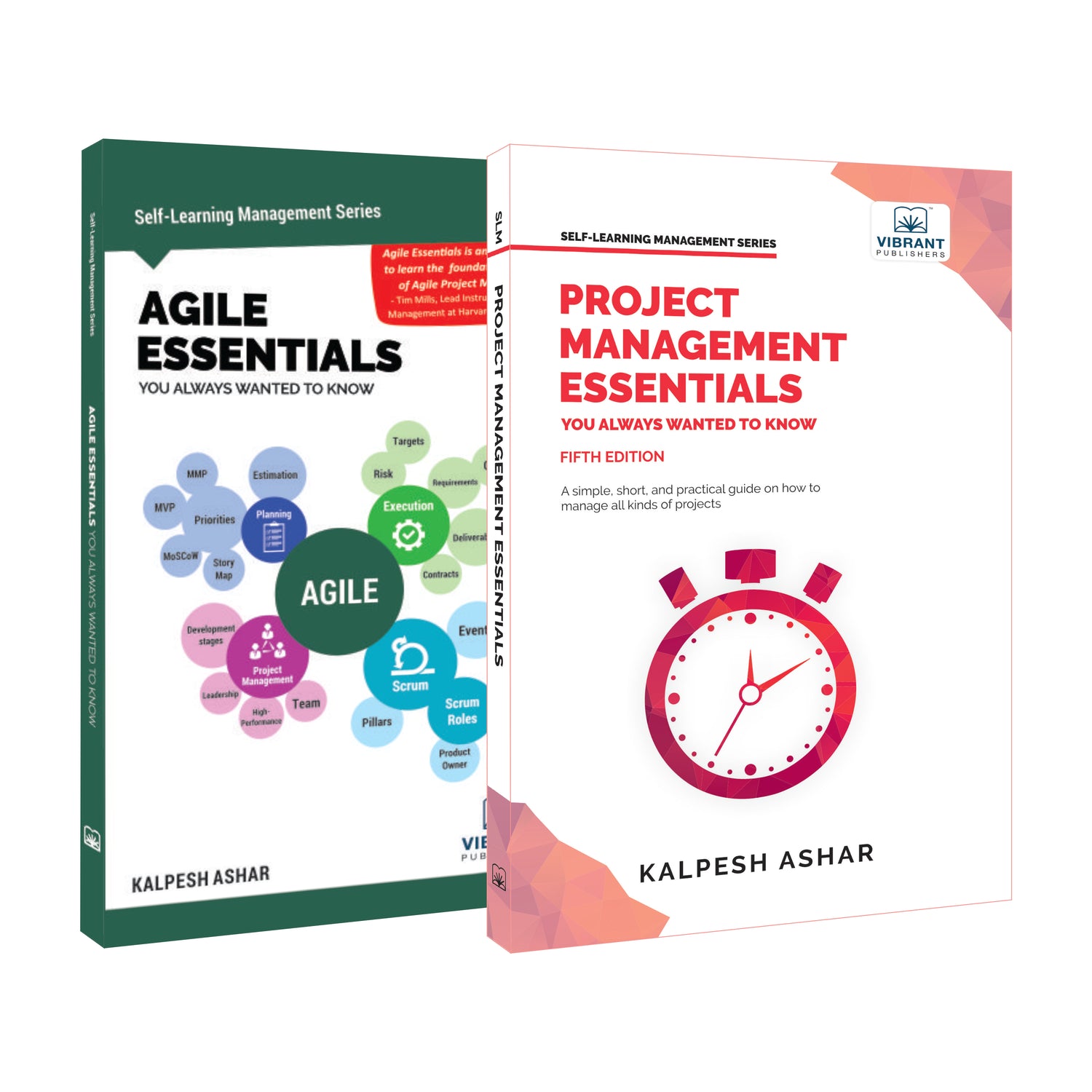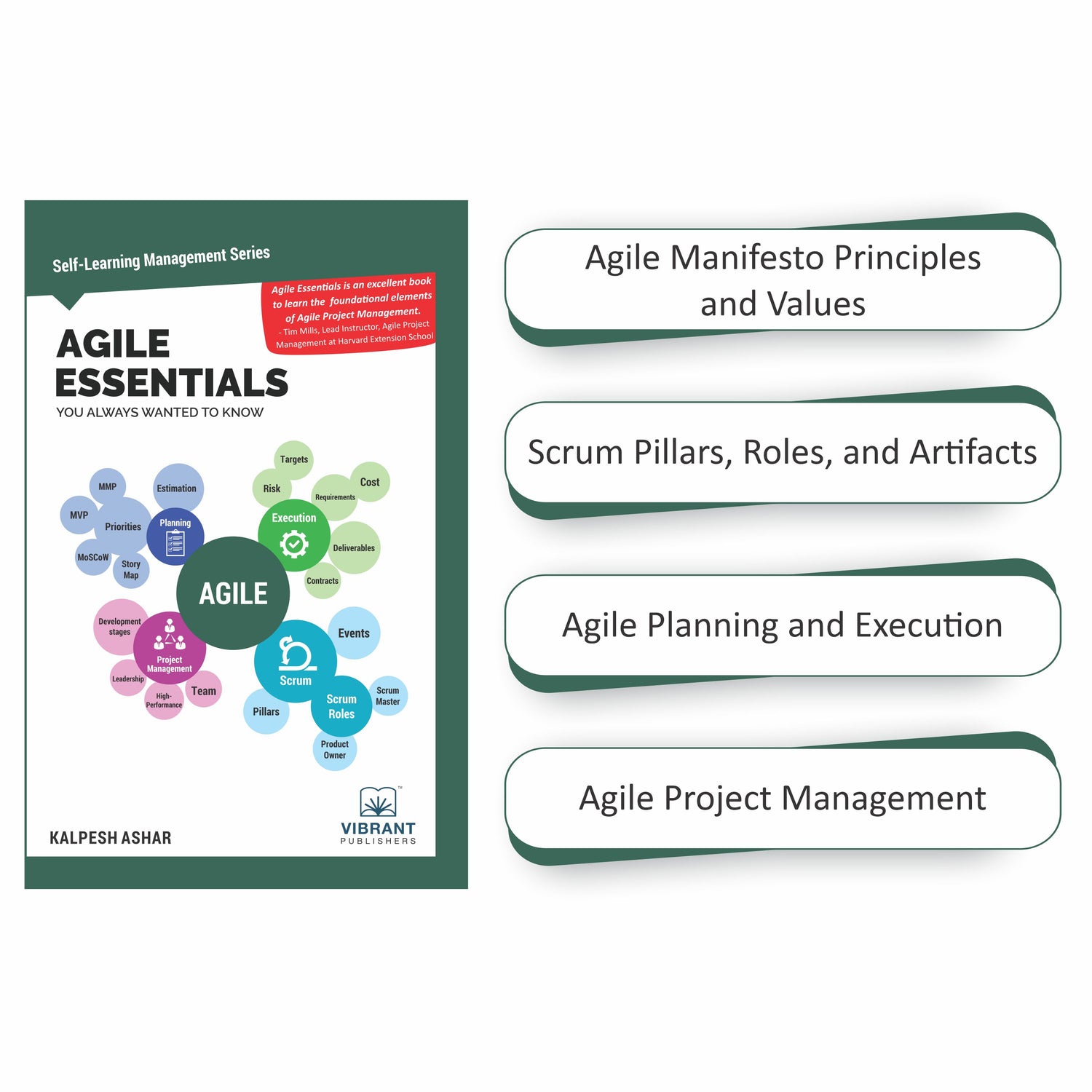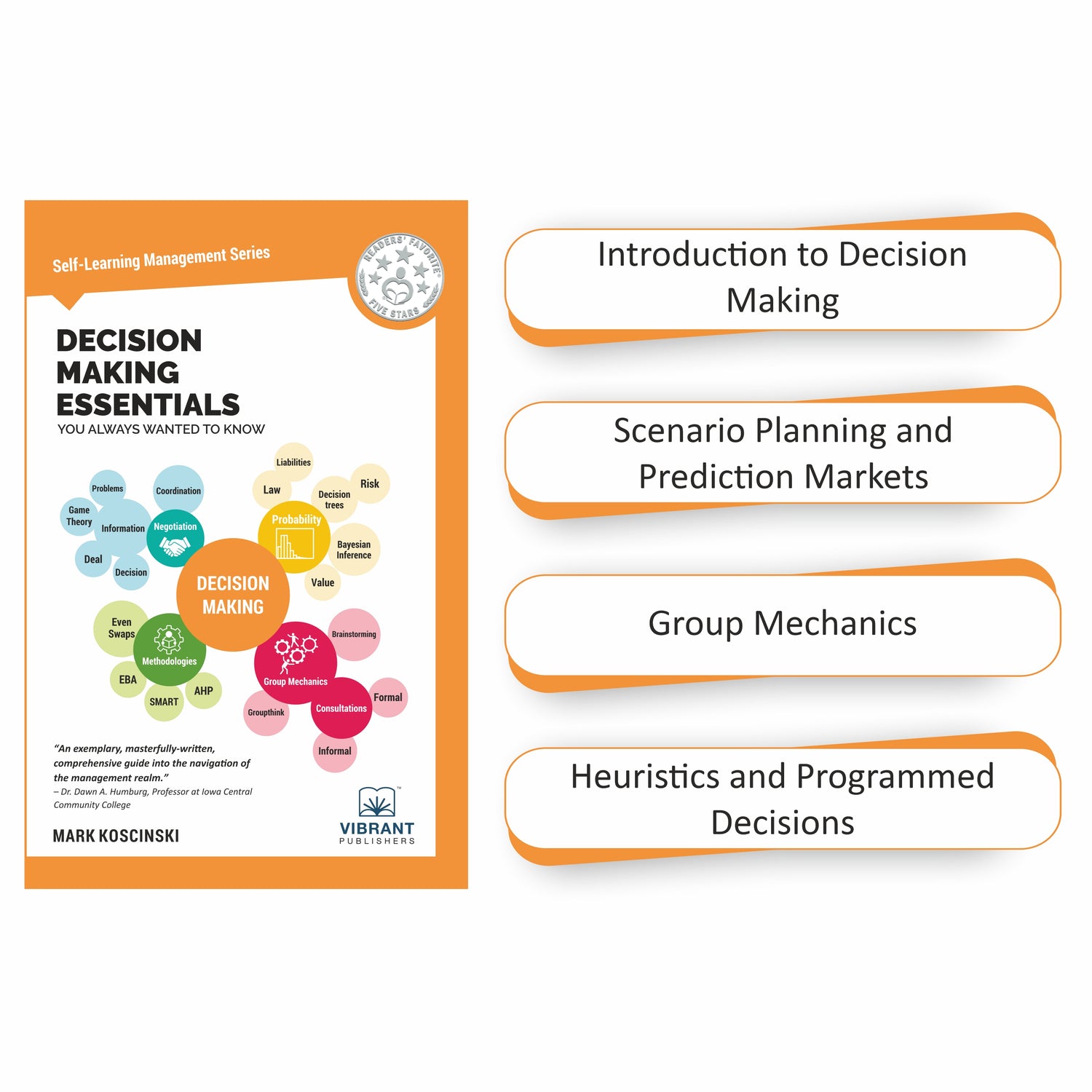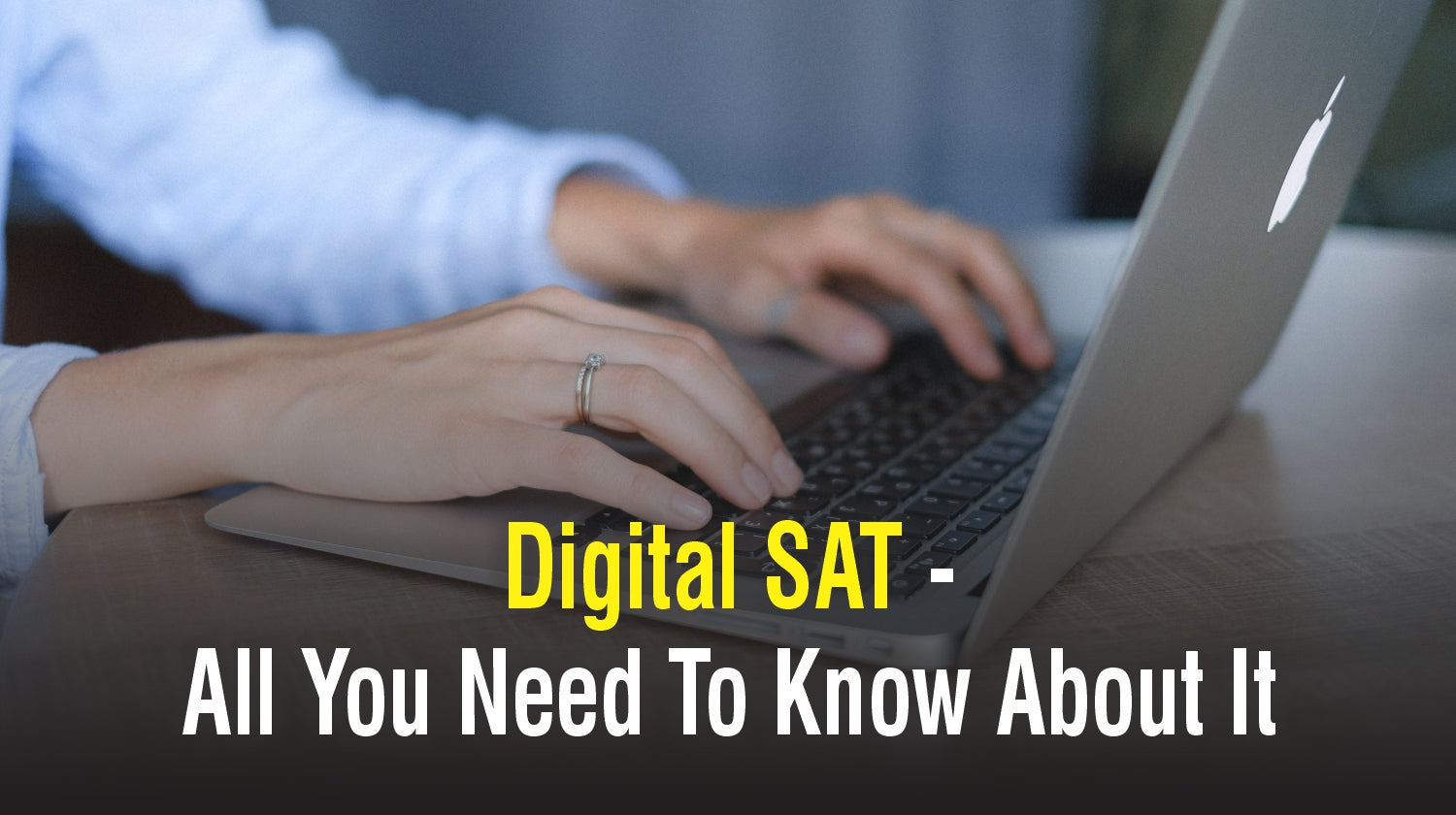
Digital SAT - All You Need To Know About It
With everything being digitized - from payments, the education sector, and even our door locks, the SAT has decided to go digital too!
The College Board has decided to transform the famous pencil-and-paper test into a fully digital one and has also introduced a new testing model called Multistage Adaptive Testing. The Digital SAT will be administered internationally from 2023 and in the US from 2024.
There will be major changes in the format of the test but the scoring parameters will remain the same. The College Board’s decision to go digital is based on giving a fair testing experience to students. The digital test will be easier to take, easier to give, will be more secure, and more relevant.
From multistage adaptive testing to lesser questions, let’s look at what will be changing!
Reading and Writing section
Currently, the SAT has two different verbal sections - Evidence-based Reading and Writing & Language. The test follows linear testing where all the questions are set prior to the test. In this method, the difficulty levels of questions vary throughout. This is a ‘one-size-fits-all’ approach as all the students have to appear for similar questions of varying difficulty.
The digital SAT will only have one Reading and Writing section with a Multistage Adaptive Testing (MST) model and two modules. This means that the questions in the second module of the section will be modified as per the performance of the student in the first module. Adaptive testing will ensure that students get questions according to their level of achievement and are not given either too easy or too difficult questions.
In the first module, students will be given questions spanning easy, medium, and hard. In the second module, they will be given a mix of questions of varying difficulty based on their performance in the first module.
Currently, this section has 66 operational questions in total and students are given 78 minutes to answer them. The new SAT will only have 50 operational questions, 4 pretest questions (total of 54 questions), and a time frame of 54 minutes to answer them. The pretest (unscored) questions will be included to test the efficacy of questions and student responses.
Comparison between the Reading and Writing section of Linear SAT and Digital SAT
|
Characteristic |
Linear SAT |
Digital SAT |
|
Testing model |
Linear testing |
Multistage Adaptive Testing (MST) |
|
Number of questions |
Module 1 - 33 operational questions Module 2 - 33 operational questions |
Module 1 - 25 operational questions, 2 pretest questions Module 2 - 25 operational questions, 2 pretest questions |
|
Time allotted |
78 minutes |
54 minutes |
|
Content domains |
Reading: Information and Ideas (30–40%), Rhetoric (30–40%), Synthesis (20–30%) Writing and Language: Expression of Ideas (55%), Standard English Conventions (45%)"
|
Information and Ideas (≈26%), Craft and Structure (≈28%), Expression of Ideas (≈20%), Standard English Conventions (≈26%)
|
|
Passage/context topics and question distribution |
U.S. and world literature (prose fiction; Reading only), careers (Writing and Language only), history/social studies, humanities (Writing and Language only), science
|
Literature (prose fiction, poetry, drama, literary nonfiction), history/ social studies, humanities, science)
|
|
Average time per question |
1.19 minutes |
1.19 minutes |
Vibrant’s upcoming book Digital SAT Reading and Writing Practice Questions is a collection of 300 practice questions according to the new guidelines of the College Board. All questions come with detailed answers and distractor explanations and are sorted according to their domains and difficulty levels.
Math section
Similar to the Reading and Writing section, the Math section will also follow the MST model where the questions in the second module will depend on the performance of the student in the first module.
The paper-based math section has 54 operational questions that have to be answered in 86 minutes. The new SAT will have 40 operational questions and 4 pretest questions. With a lesser number of questions, students will be required to complete this section in 70 minutes.
A major change in the new format is that students will be allowed to use a calculator for both modules. In the current format, the first module is a ‘no calculator’ section whereas the second module allows the use of a calculator.
Comparison between the Math section of Linear SAT and Digital SAT
|
Characteristic |
Linear SAT |
Digital SAT |
|
Testing model |
Linear testing |
Multistage Adaptive Testing (MST) |
|
Number of questions |
Module 1 - 27 operational questions Module 2 - 27 operational questions |
Module 1 - 20 operational questions, 2 pretest questions Module 2 - 20 operational questions, 2 pretest questions |
|
Time allotted |
86 minutes |
70 minutes |
|
Content domains and question distribution |
Heart of Algebra (33%), Passport to Advanced Math (29%), Problem Solving and Data Analysis (29%), Additional Topics in Math (10%)
|
Algebra (≈35%), Advanced Math (≈35%), Problem Solving and Data Analysis (≈15%), Geometry and Trigonometry (≈15%)
|
|
Passage/context topics and question distribution |
Social studies, science, real-world problem-solving
|
Social studies, science, real-world problem-solving
|
|
Average time per question |
1.59 minutes |
1.59 minutes |
Vibrant’s Digital SAT Math Practice Questions is one of the first books to give the latest prep resources for the Math section of the new SAT. The book contains 300 math practice questions along with detailed answer explanations. The questions are arranged according to their difficulty levels and domains.
Scoring
The scoring process is one of the aspects that will remain unchanged. The digital test will be on a 400-1600 scale.
Frequency of the test
The new SAT will be conducted 7 times a year instead of 5 times.
Time
The Digital SAT will be 2 hours 14 minutes long as compared to the linear one which is 2 hours 44 minutes long.
Other features of the Digital SAT
- Students can flag the questions that they are skeptical about and come back to them later. But, they cannot come back to a section after completing it.
- An on-screen timer will be provided to help students keep track of their time.
- For the math section, an on-screen calculator will be provided..
- A big advantage of going digital will be that students will receive their SAT scores faster.
- With the test, a reference sheet for common math formulas will also be provided.
These changes are stepping stones for creating a test-taking atmosphere that is accommodating to the needs of the current generation of students. Some of the benefits of going digital are that the fuss over the administration of paper-based tests will be over. Instead, students can use their own devices for appearing for the test or even request one from the College Board.
As computers are faster than us, the scoring process will also become faster and students will get their test scores in a couple of days instead of waiting for weeks to get them.
To get a gist of the test, you can use the Bluebook software. This software gives 4 digital tests that have the same interface as the actual test.
For more practice, use questions from Vibrant’s upcoming book, Practice Tests for the Digital SAT. This book includes 5 practice tests in the modular format of the digital SAT with questions according to the new format.
All the best!
Join our WhatsApp group to get access to free practice questions daily

Share




